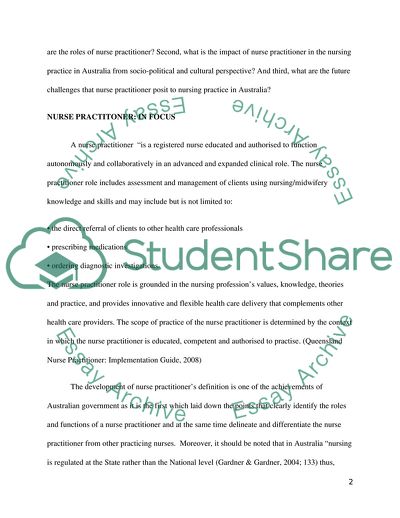Cite this document
(Nurse Practitioner Case Study Example | Topics and Well Written Essays - 2750 words, n.d.)
Nurse Practitioner Case Study Example | Topics and Well Written Essays - 2750 words. https://studentshare.org/nursing/1728274-nurse-practitioner
Nurse Practitioner Case Study Example | Topics and Well Written Essays - 2750 words. https://studentshare.org/nursing/1728274-nurse-practitioner
(Nurse Practitioner Case Study Example | Topics and Well Written Essays - 2750 Words)
Nurse Practitioner Case Study Example | Topics and Well Written Essays - 2750 Words. https://studentshare.org/nursing/1728274-nurse-practitioner.
Nurse Practitioner Case Study Example | Topics and Well Written Essays - 2750 Words. https://studentshare.org/nursing/1728274-nurse-practitioner.
“Nurse Practitioner Case Study Example | Topics and Well Written Essays - 2750 Words”. https://studentshare.org/nursing/1728274-nurse-practitioner.


